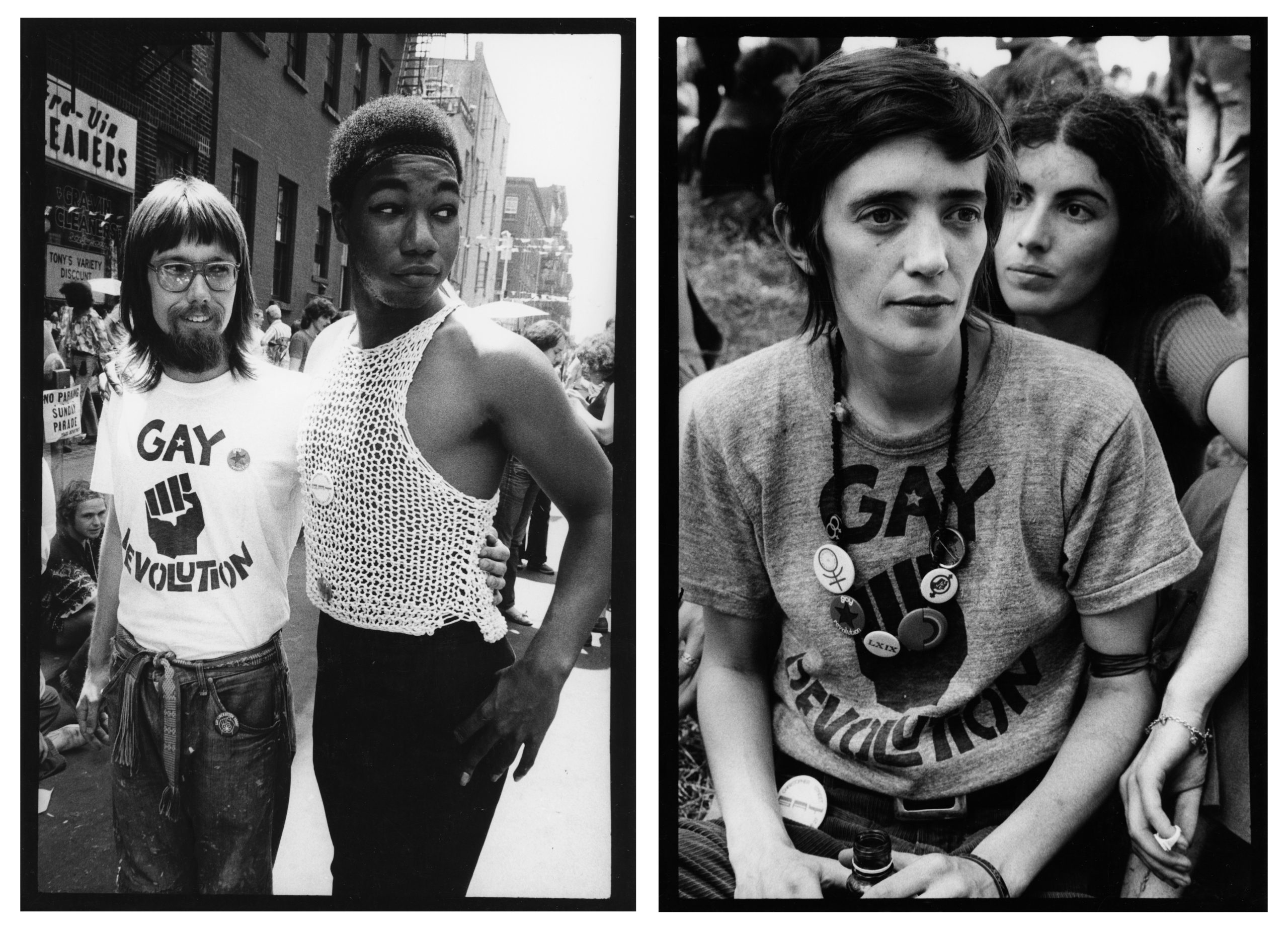On June 18th, the Ryerson Image Centre will be housing a new exhibit, unveiling it just in time for Toronto’s World Pride 2014. What it Means to be Seen: Photography and Queer Visibility explores the representations of the LGBTQ community in the mid-late 20th century. Solely done through old, historic photographs, the exhibit hopes to show audience both the advantages and disadvantages of media coverage on the LGBTQ people in Canada.
![[Kiss-in at the corner of Yonge and Bloor, Toronto, 1976. Collection of the Canadian Gay and Lesbian Archives, Toronto.]](https://media.cjru.ca/wp-content/uploads/2020/12/get_img-23-scaled.jpeg)
[Kiss-in at the corner of Yonge and Bloor, Toronto, 1976. Collection of the Canadian Gay and Lesbian Archives, Toronto.]
The exhibit’s guest curator is Sophie Hackett, who is the Assistant Curator of Photography at the Art Gallery of Ontario and adjunct faculty in Ryerson University’s Masters program in Photographic Preservation and Collections Management.
![[Gay Revolt - San Francisco, July 1979. The Black Star Collection, Ryerson University.] [Gay Revolt - San Francisco, July 1979. The Black Star Collection, Ryerson University.]](https://cdn1.cjru.ca/wp-content/uploads/2020/12/get_img-24-scaled.jpeg)
[Gay Revolt – San Francisco, July 1979. The Black Star Collection, Ryerson University.]
Hackett tells the Scope about a particular piece in the exhibit entitled “Casa Susanna”, which is located right at the entrance of the exhibition.
![[From Casa Susanna edited by Michael Hurst and Robert Swope.] [From Casa Susanna edited by Michael Hurst and Robert Swope.]](https://cdn1.cjru.ca/wp-content/uploads/2020/12/get_img-25-scaled.jpeg)
[From Casa Susanna edited by Michael Hurst and Robert Swope.]
“This is a group of snapshots found by a group of furniture and decorative arts dealers, Michel Hurst and Robert Swope. They found a group of photographs and started to look through them, as they were unusual looking. What they discovered from the vendor at the flea market and through their own research was that Casa Susanna was a place in Upstate New York, that in the late 1960s- this was before Stone Wall, before any gay right’s movements- men were getting together on weekends to dress as women, the way that they felt like they should be dressed. It was a resort for cross-dressers. The snapshots really show them in their female clothing, which I think is their identity they most preferred, and they are doing everything from dancing to just eating dinner or celebrating someone’s birthday. They were humble snapshots but a wonderful record of a certain time and place.”
Listen to the full interview with Sophie Hackett below.
The exhibit is presented by TD Bank Group and will be open from June 18th to August 24th. For daily hours and more information, check out The Scope’s Event Page.









